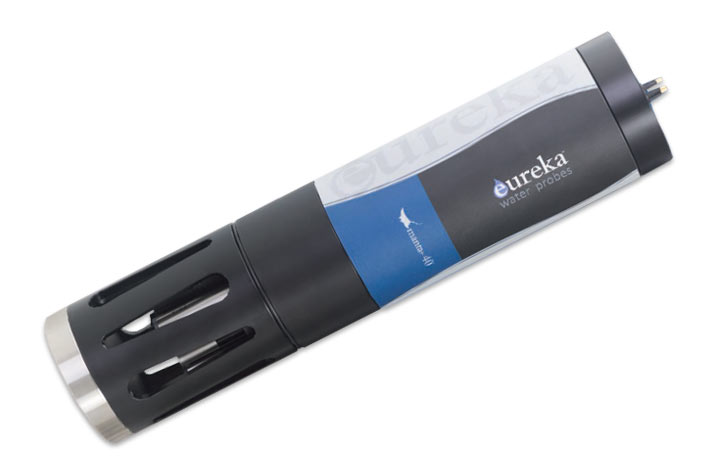Monitoring Blue Green Algae (Cyanobacteria)
Blue Green Algae, also known as cyanobacteria, naturally occurs in inland waters, estuaries and the sea. When numbers become excessive blooms can form which can be harmful to the wildlife. This is called eutrophication. Where there is adequate lighting, flow and temperature, blue algae can multiply and this can have a negative effect on the environment. The appearance of the water will become green or blue-green and the quality of the water will become less clear, blocking the sunlight and stopping any aquatic plants in the water from growing. When the algae has become excessive, it can produce an earthy, musty smell.
Blue Green Algae photosynthesise during the day, adding oxygen to the water, but consume it at night. This means oxygen levels can be very low in the early morning and can result in suffocating the fish and other aquatic creatures. Even when the blooms subside, bacteria causing the decay can also remove large amounts of oxygen from the water.
The blooms formed through blue algae can produce toxins. These toxins can kill wildlife, farm livestock and can even cause rashes on the skin of humans and various illnesses if swallowed.
Simple changes in water management, such as water circulation, can control the algae.






